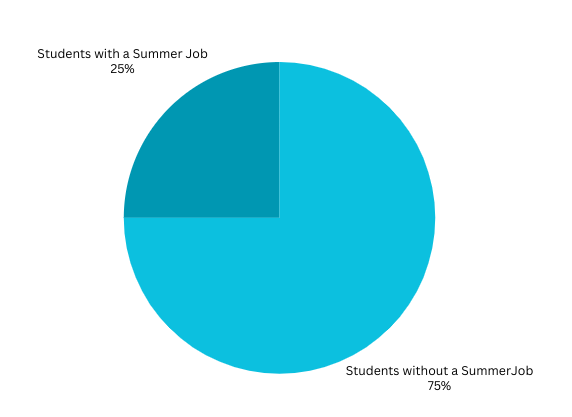After being in school for over six months, most students have probably heard a teacher discussing or using evi-
dence-based grading. Whether they have a positive, negative, or neutral view on the topic, do students really know what this grading system is? Dr. Stacey Noisey, Curriculum director at Grant sheds a little bit of light on a foundational definition of evidence-based grading,“[it is] a way to look at student growth toward a set of skills or strategies. It’s a different approach to grading than traditional grading because you are measuring proficiency toward that skill or strategy as opposed to counting up points that you’ve gained on a variety of work.” The difference between evi-
evidence-based grading and traditional grading is the use of scales rather than points. EBG (Evidence-Based Grading) uses a scale of numbers one through four. One meaning “very low”, two meaning “low”, three being “moderate”, and four meaning “high”. Students would achieve such levels, depending on the evidence provided that said student has put in effort and understanding in any subject.
On a positive note, EBG provides meaning and specific feedback that students can better understand and see improvements in learning on the report card. GCHS English teacher, Mr. Olsen shares his opinion on EBG, he states “I think it gives each student the opportunity of seeing their growth but also realizing that if someone were to fail early on in their process that they’re not out of succeeding later on I think that’s something that traditional grading doesn’t offer because with traditional grading, falling behind early on can make it more difficult to succeed later on.” EBG is mostly in favor of the students and gives students the leverage to succeed in any class.
Unfortunately, EBG isn’t entirely perfect. Most people have grown up with the standard grading system. This is the only thing most students have ever known. EBG has been a definite adjustment for students and teachers. Junior, Nevaeh Shireman claims “…you don’t have a grade. You can’t look at it, and mathematically add things up to know that these are the [assignments] I have to do to get [the grade] up.” When a student is in a class with an EBG system, they don’t have the same scale to look at in terms of knowing if they did well or not. To students the numbers one through four can be vague, whereas with traditional grading, the letters have a more specific meaning along with percentages to know what students can target to keep improving in their class. Evidence-based grading provides students with a greater understanding of a subject and displays growth that students can see easily. This is a relatively new concept to many students, 57.1% of Grant students admit that they have never been graded using this system. With that being said, this transition hasn’t been easy, however, the patience among students and staff has made this pilot year all the
more successful.



































